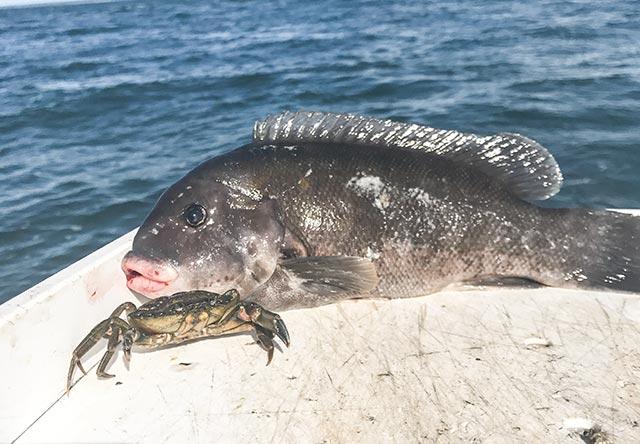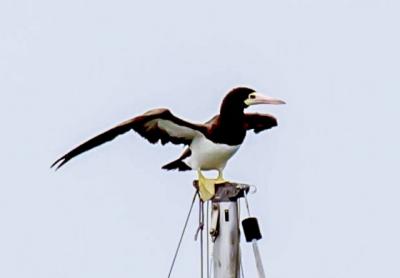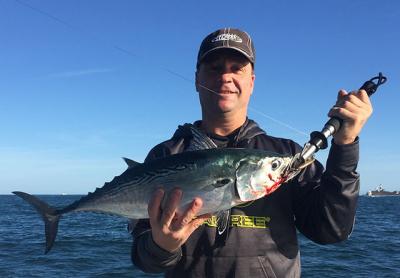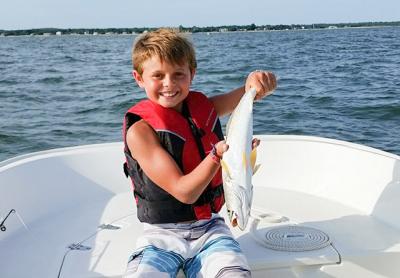Nature Notes: Last of the Grasslands
Nature Notes: Last of the Grasslands
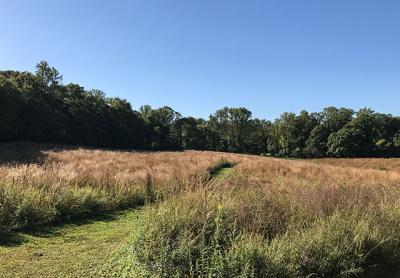
When J.P. Giraud, the American naturalist, published his book “The Birds of Long Island” in 1844, one would be hard pressed to find a single heath hen left on Long Island. Game birds such as the heath hen, Labrador duck, and passenger pigeon disappeared early, along with the wild turkey. The first three became extinct.
The heath hen is a species of prairie chicken that preferred grasslands. It was found in Montauk and elsewhere in Suffolk County, but where it throve until hunted out of existence here was on the Hempstead Plains, 60,000 acres of bona fide prairie land in the center of Nassau County.
In fact, the Hempstead Plains was the largest prairie in New York State well into the late 1800s. Except for 19 remaining acres on the campus of Nassau Community College in east Garden City, the other 59,500-plus acres have been turned into residential and commercial areas along with some airfields, one of which launched the Spirit of St. Louis when it made its historic first flight across the Atlantic Ocean piloted by Charles Lindbergh.
The names of communities such as Floral Park, Hicksville, and East Meadow suggest the flowering and grassland appearance of the plains before they were filled with people, residences, buildings, institutions, and highways. Levittown, constructed after World War II, was one of the last communities to be built on this expanse of treeless flatland.
In the early part of the new millennium a group of plains-savers got together to conserve those last 19 acres, and notwithstanding the pollution and high-density uses all around them, they have performed spectacularly well. While heath hens are lacking, these 19 acres have several state and federally rare species, including the endangered sandplain gerardia, rediscovered in Montauk in 1982; bushy frostweed, also found in Montauk; silvery aster, bird’s-foot violet, and several typical prairie grasses — tall bluestem, indiangrass, and little bluestem. But it also has rare-to-Long Island birds including the upland sandpiper, grasshopper sparrow, and marsh hawk.
The Friends of the Hempstead Plains started from scratch, but with a piece of land to work with. They removed the invasive vegetation, returned the grown-up tangle to a semblance of historical prairie land, and went on from there.
Coincidental with the restoration of these 19 acres, a group called Greentree Foundation established on the 408-acre Whitney Estate, including the manor house, in Manhasset has been involved in restoration of grasslands in a big way. It held a forum for grassland managers on Oct. 18 in a large conference room in the estate’s main house. At that forum several individuals spoke of their work bringing back healthy grasslands on Long Island.
The longest, and perhaps most impressive, presentation was by Greentree, itself. It included video clips of the kind of work needed to bring back a part of the plains to its original state. It involved carefully burning brushland and weedy growth against the wind, not with it, thus keeping the spread of fire very slow and easily controllable. Many grasses such as purpletop and tall bluestem grew back forcefully and were shortly joined by various prairie flowering plants such as orange milkweed.
Prior to the forum, at which a delicious lunch was served by our Greentree hosts, we were led on walks on paths through two of these new grasslands. One of the highlights of these walks was the flushing of bobwhite quails, a species native to Long Island, which were recently released into the grasslands. One of the guides said that a human could practically walk up to the original bobwhites and pick them up, but all of their offspring were skittish and very wild right off the bat.
This forum made me think of our own grasslands on the South Fork, most of which are rapidly growing up into heathlands or being developed residentially. Shinnecock Hills, west of the old Southampton College campus, comes to mind. When I taught at that school in the 1970s and led field trips through the grasslands, there were lots of unusual prairie-type plants growing there, including Nantucket shad, as well as some unusual birds breeding there, including the large warbler species, the yellow-breasted chat.
Since that time that bit of grassland has been through the development era of the 1980s, followed by two more in the new millennium. There’s not much left to save. The grassland at Conscience Point, which used to be grazed by dairy cows to keep it low and turfy, is also growing up, but, at least it’s not occupied by houses or stores. It is now owned and cared for by the current owner of Robins Island.
Finally, there are the Montauk grasslands, which now are many times larger than the Hempstead Plains remnant in the absence of fire, first introduced by the Montaukett Indians and later continued by the ranch managers. Fire management was reintroduced in the 1990s for a time, but not since. Without fire, which is the number-one benefactor of grasslands, the Montauk ones will undoubtedly grow up into heathy vegetation infiltrated with a large number of invasive species already in Montauk, including mugwort and mile-a-minute weed.
Hither Woods, the largest intact contiguous woodland in East Hampton Town, was once almost entirely grassland. In the absence of fire management it became treed, except for one small spot called Ram Level. In the absence of management that tiny bit of prairie will soon be gone, too. Then the new name for Hither Woods, Koppelman Woods, as printed in large letters on the sign on the north side of Montauk Highway and plainly visible to passing motorists, will no longer need an asterisk.
On the way back from the grasslands conference, Victoria Bustamante and I talked about Long Island’s fate. At least the best part of the pine barrens is in good hands, but what about the coming Long Island Rail Road third rail to Hicksville and its fearsome Ronkonkoma Hub tag-along, recently shown as an artist’s rendition in Newsday. Hmmm, in the future the largest freshwater lake on Long Island may sit beside the largest commercial development in Suffolk County. Yes, another case of the left brain 180 degrees out of sync with the right brain. What would Robert Moses say if he were still with us?
Larry Penny can be reached via email at [email protected].

